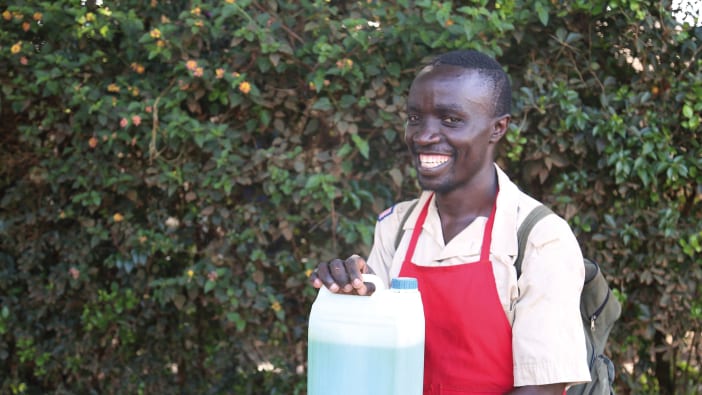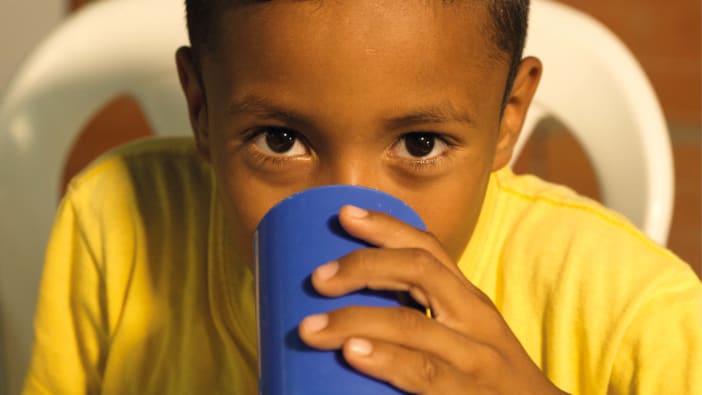Do you teach health workers? Do you use drama to share messages about health? Do you teach first aid or give training in emergency action? Have you ever wanted to catch people’s attention by using demonstrations to show how to treat wounds or burns? If you use volunteers and make them look like realistic victims of accidents, you can be sure that you will certainly provide training that your trainees are unlikely to forget!
Willing volunteers who can act out their imitation injuries give trainees the opportunity to practise the skills they would need in genuine emergencies. Of course, these effects are also ideal for drama and role plays. We hope you will find these ideas useful. They are ‘home made’ preparations to give realistic effects for different injuries and burns.
What you will need
- Good quality reconstruction wax You can also use melted candle wax or flour paste (cooked flour and water), though these are not quite so good.
- Wooden tongue blades
- Thin wooden sticks
- Red lip rouge
- Petroleum jelly
- Paste eyeliner – in various shades; blue, black, purple, grey and rust
- Artificial blood – made with liquid starch or corn syrup and red food colouring (may stain clothes)
- Small paint brushes
Other useful items are hard biscuits, broken plastic drinking glasses and torn or burnt old clothing. You will also need some volunteer ‘victims’. Be careful not to really hurt them! Apply these visual effects just before you need them.
The effects
Bruising Use different shades of the paste eyeliner blended together to show bruising.
Wounds Warm the wax or flour paste and apply a thin layer with the wooden tongue blades. Make marks in the wax according to what kind of wound you want to demonstrate. Use some red lip rouge or artificial blood to colour the wax. You can use broken plastic in the wound to show glass fragments.
Fractures Use wax as above to show the wound. You can use broken biscuits to show exposed bones.
Burns For first and second degree burns, use red lip rouge. Dust this with grey face powder for a charred look. For blisters, apply a layer of petroleum jelly and cover with one or two layers of facial tissues. Again, dust a little with grey powder.
Amputations You can indicate these by taping back a leg, arm or finger. However you must not allow a limb to be taped up for too long. Then use wax, biscuits for broken bones and artificial blood.
Chest injuries These are best demonstrated on a man. Use wax to create the impression of a deep wound. Use artificial blood. You can also use a little bicarbonate of soda or anti-acid tablets added just before to illustrate the bubbling effect of a sucking chest wound.
Add a bit of drama
Encourage your ‘victim’ to act out other symptoms as appropriate, such as shock, dizziness or pain. You may want to combine several of these effects. Most accidents involve several kinds of injury. Use your imagination to make the experience as realistic as possible. With several victims showing different injuries, you will be able to test your trainees’ abilities to react in the most helpful manner.
I hope you find these ideas help your training or drama to be eye-catching and effective. You may think up other ideas yourself. Let us know how you get on.
Marilyn Gustafson is Assistant Professor of the School of Nursing, University of Minnesota, 308 Harvard Street SE, Minneapolis, MN 55455-0342, USA.









